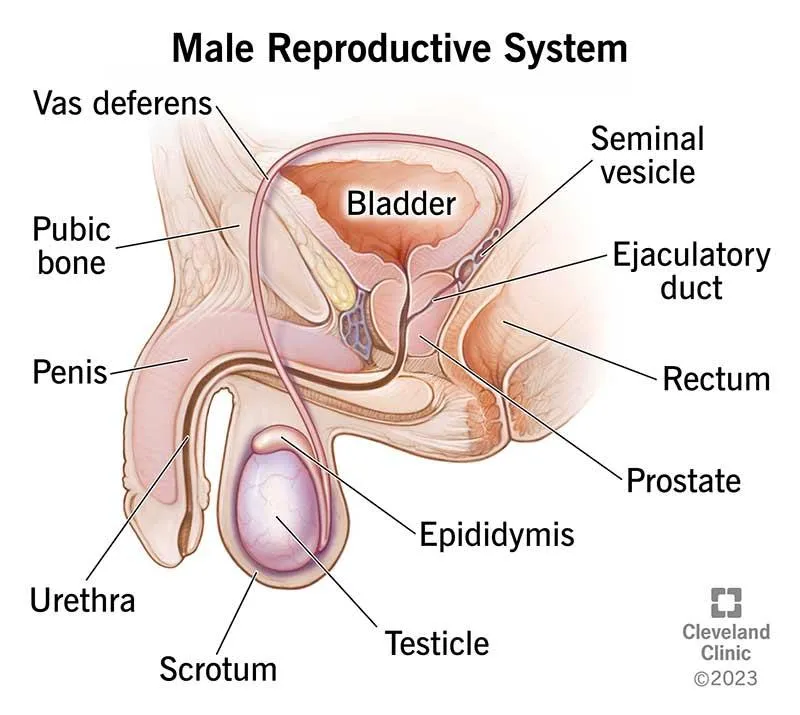
📉 The Silent Decline: How Male Sperm Counts Have Dropped Over the Last 100 Yearslity & Shape Matter
🔹 Introduction: A Trend Few Talk About
While most fertility conversations focus on female factors, one of the most dramatic and under-reported stories in reproductive health is the steady decline in male sperm count and quality over the last century. It's not just anecdotal — this trend is backed by decades of global research and raises serious questions about environmental, lifestyle, and health changes.
🔬 What the Research Says
A 2017 meta-analysis published in Human Reproduction Update analyzed 185 studies and found that sperm counts in men from North America, Europe, and Australia had dropped by more than 50% between 1973 and 2011.
More recent follow-up studies suggest the decline has continued or even accelerated, with sperm concentration dropping from 99 million/mL in 1950 to around 40 million/mL by 2020 in many countries.
The WHO’s “normal” threshold has also changed:
In 1980: >60 million/mL
In 1999: >20 million/mL
In 2010: >15 million/mL
These shifts aren’t just medical reclassifications — they reflect actual global health changes.
⚠️ Possible Causes of the Decline
Though no single factor is to blame, researchers have identified several contributing elements:
1. Endocrine-Disrupting Chemicals (EDCs):
Found in plastics (like BPA), pesticides, cosmetics, and industrial pollutants.
These chemicals mimic estrogen and disrupt testosterone function in men.
2. Poor Diet and Obesity:
Diets high in processed food and low in antioxidants can damage sperm DNA.
Obesity increases scrotal temperature and creates a hormonal imbalance (higher estrogen, lower testosterone).
3. Heat Exposure and Sedentary Lifestyle:
Laptops, hot tubs, and tight underwear may impair sperm motility and production.
Sitting for long periods increases testicular heat and oxidative stress.
4. Chronic Stress:
Stress hormones like cortisol may interfere with the pituitary-gonadal axis, reducing sperm production and quality.
5. Environmental Pollution:
Heavy metals, air pollutants, and microplastics may all contribute to impaired sperm development.
🧠 Why This Matters
Low sperm count doesn’t just make natural conception more difficult — it may reflect deeper hormonal or systemic health problems in men. It’s also strongly correlated with DNA fragmentation, poor embryo development, and higher miscarriage risk even in assisted reproduction settings like IVF and ICSI.
💬 Closing Thoughts
The drop in male fertility isn’t just a personal issue — it's a global public health concern. If you're preparing for IVF or IUI, understanding this history is vital. It empowers couples to make proactive choices around testing, treatment, and lifestyle modifications.